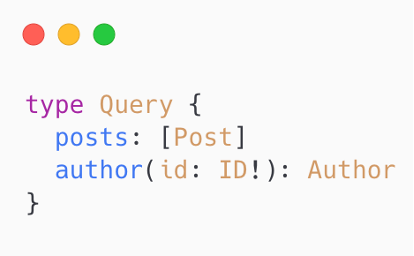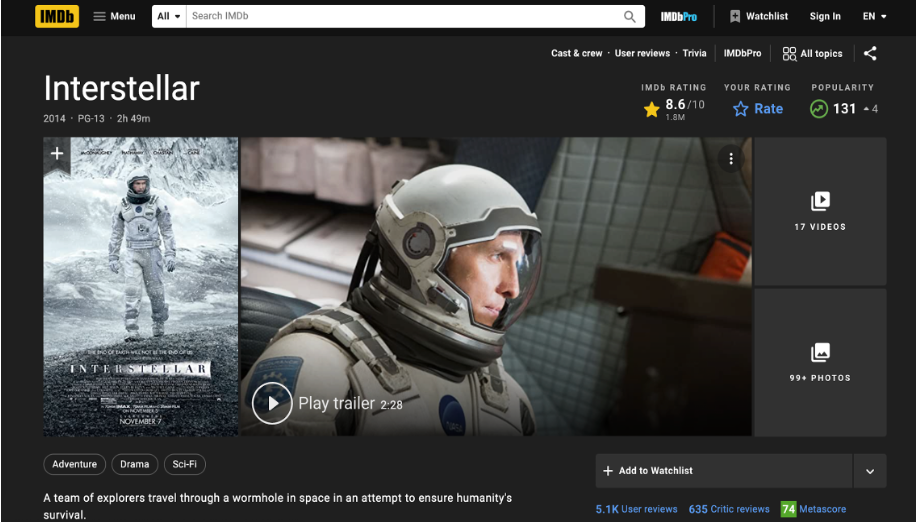https://dyncan.com
Agenda
- What is GraphQL?
Who is using GraphQL?
GraphQL History
Core Concepts
Schema Definition
REST vs GraphQL
What is GraphQL?
- A data query language for data fetching and manipulations
GraphQL is a PATTERN not a technology
Client queries are shaped just like the data it returns
Language agnostic
GraphQL has a formal specification
GraphQL is NOT
- A Graph database query language
An alternative to SQL
Facebook Graph AP
Limited to specific database(s)
Limited to HTTP
Limited to JavaScript/NodeJS on the backend
A REST replacement
GraphQL History

Who is using GraphQL?









What a GraphQL looks like?

Core Concepts
Schema: defines the API structure itself-Core concept
Type: definition of a model(Person, Order, Product.)
Scalar Type: Int, Float, Boolean, String, ID and custom scalar type(e.g. Date)
Object Type: An object type contains a collection of fields, each of which has its own type.
Query: Definitions to query data(fetch)
Mutation: Definition to mutate data
Subscription: Allows a server to send data to its clients when a specific event happens
Schema definition



-- To define a schema we use a Schema Definition Language(SDL)
-- Declare a type using the type keyword, followed by the name of the type (PascalCase is best practice)
-- The exclamation mark (!) depicts that the fields are required.
Operation Type
Query Operation Type

- Retrieve data
- Specify which fields are returned
- Can pass in variables, good for
pagination
Mutation Operation Type


REST vs GraphQL

USE CASE:
REST way to Fetch Data

REST way to Fetch Data

REST way to Fetch Data

GraphQL way to Fetch Data

REST vs GraphQL
REST way:
- Fetch data from multiple endpoints
- Overfetching: call too much data that won't be all used
- Underfetching: call an endpoint that has not enough data-forcing to call another endpoint
GraphQL way:
- Ask for specific fields in a single APl call
- Can validate requests at build time
- No under-fetching and over-fetching
REST vs GraphQL
BUT:
- Schema definition can become very complex in a big application
- Steep learning curve
- Resources and community ecosystems are still growing
- GraphQL Caching
- Support rate limiting
- Monitoring and Error Reporting
Refrence
- https://graphql.org/learn/
- https://spec.graphql.org/
- https://docs.github.com/en/graphql
- https://www.redhat.com/en/topics/api/what-is-graphql
Thanks
dyncan.com / GitHub / LinkedIn / Twitter